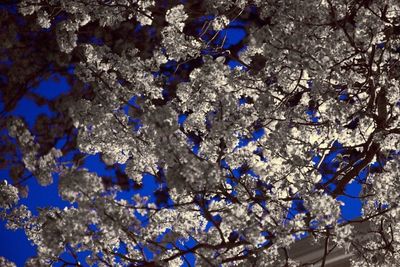Spring Snow Crabapple Information
Is a crabapple tree that doesn’t produce crabapples still a crabapple tree? It is, and anyone growing ‘Spring Snow’ crabapples appreciate the fruitless trees. Many gardeners do not grow crabapple trees for the fruit. Unlike crisp, delicious apple or pears, crabapples are not popular as off-the-tree snacks. The fruit is sometimes used for jams, but less these days than yesteryear. ‘Spring Snow’ crabapple trees offer the ornamental benefits of crabapples trees. The plant grows as an upright tree to 20 feet (6 m.) tall and 25 feet (8 m.) wide. The branches form an attractive, rounded canopy that is symmetrical and provides some summer shade. The tree is covered by bright green, oval leaves that turn yellow in autumn before falling. The most attractive feature of ‘Spring Snow’ crabapple trees are the flowers. They appear in spring, very white and very showy – just like snow. The blossoms offer a sweet fragrance as well.
‘Spring Snow’ Crabapple Care
If you are wondering how to grow a ‘Spring Snow’ crabapple tree, you’ll find they grow best in USDA plant hardiness zones 3 through 8a. The tree grows best in full sunshine, although ‘Spring Snow’ crabapple trees accept most types of well-draining soil. You won’t have to worry about the roots of these crabapple trees. They rarely, if ever, cause issues by pushing up sidewalks or foundations. On the other hand, you may have to prune out the lower branches. This will be an important part of its care if you need access below the tree. Crabapple trees grow well in compacted soil in urban areas. They tolerate drought quite well and even wet soil from time to time. The trees are somewhat tolerant of salt spray too.
